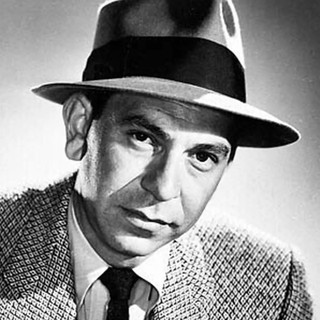In August, California Governor Gavin Newsom signed Assembly Bill 392, informally known as Stephon Clark’s Law. It was Clark, you may recall, who in March 2018 was shot and killed by police officers in Sacramento. I opined at the time that although Clark was found to have been unarmed when he was shot, the two involved officers nonetheless had acted within the law when they opened fire on him. The Sacramento County district attorney and the California attorney general agreed, declining to bring charges against the officers.
The Clark shooting engendered what in my view was a misguided attempt to redefine California law and criminalize police conduct that may fall short of the idealized visions held by some members of the state legislature and their allies in the media. The law as enacted, however, is the product of compromise and does not go as far as its supporters would have hoped. In effect it does little more than codify the prescriptions of the two longstanding U.S. Supreme Court cases governing police use of force, Graham v. Connor and Tennessee v. Garner.
A recent decision by the Los Angeles police commission illustrates the legal jeopardy police officers may face should these legislators’ earlier hopes come to be realized. On October 29, 2018, two LAPD officers responded to a radio call regarding a man who had assaulted customers and a security guard at the 24 Hour Fitness gym in Hollywood. When the officers arrived they found the suspect, Albert Dorsey, unclothed and drying himself in a locker room that had been closed for repairs.
I’ll skip ahead in the chain of events to reveal what you surely expected, which is that the incident resulted in Dorsey being shot by one of the officers. The shooting itself (though not the tactics leading up to it) was found to be within department policy by a shooting-review board and by LAPD Chief Michel Moore. The civilian police commission, however, ruled in a 4-0 vote that the shooting was out of policy, mandating disciplinary action against the officer.
The incident was captured on the officers’ body-worn cameras, both of which became dislodged from their uniforms during the struggle that preceded the shooting. Even with only the audio reflecting the final moments of the altercation, its violence is readily apparent.
In his evaluation of the incident, Chief Moore faulted the officers for a number of missteps, the most significant of which was their failure to call for additional officers when it appeared Dorsey was not going to cooperate. One can hardly argue with this. Both officers, one male, the other female, were of slight build, yet they chose to go “hands-on” with a man who was 6-1 and 280 lbs., and who was known to have assaulted a security guard the previous day. There clearly was no urgency to initiate a physical altercation in these circumstances, and backup officers were readily available had the request been made.
Still, the directions the officers gave to Dorsey were lawful, as was their attempt to handcuff him when he failed to comply with those directions. It was Dorsey’s choice to resist as he did, and both officers were injured in the fight that ensued. After both officers’ use of Tasers failed to subdue him, Dorsey got on top of the female officer and was punching her violently in the face. The male officer, fearing his partner would be badly hurt or killed, fired five rounds at Dorsey, who died at the scene.
It was Chief Moore’s opinion that although the tactics leading up to the shooting were deficient, the shooting itself was justified in that the officer fired to save his partner from potentially serious injuries. This conclusion is consistent with the guidelines expressed in Graham v. Connor.
In its original version, prior to the compromises, A.B. 392 would have criminalized the Dorsey shooting for the tactical blunders the officers made prior to using deadly force. If such laws are enacted, an officer in similar circumstances might be forced to choose between saving his or someone else’s life and keeping himself out of the defendant’s chair at a criminal trial. Consider: surely during the initial struggle with Dorsey there came a point at which the officers knew they should have called for backup. With the knowledge that a similar lapse may result in criminal charges if a shooting occurs, what steps would an officer take to save his partner from having his face bashed in? How many punches should an officer endure while waiting for his partner to conjure up some non-lethal way to protect him?
There is a clear danger to police officers and the public inherent in this way of thinking. Political pressure to charge officers is often brought to bear on prosecutors after police shootings, particularly in racially charged cases, as was the Dorsey incident. In almost any incident that results in a police shooting, one can play an endless game of “what-if?” and arrive at an alternative scenario in which the shooting can be deemed unnecessary. We certainly want officers to be circumspect in their use of deadly force, but not to the point that they’re more concerned about being prosecuted than they are about protecting themselves and others from attack.
Yes, the failure to call for backup was a glaring error by these officers, but we must remember it was Dorsey’s actions, deliberately chosen and following a pattern of behavior, that resulted in his death. Put the blame where it belongs.










Join the conversation as a VIP Member